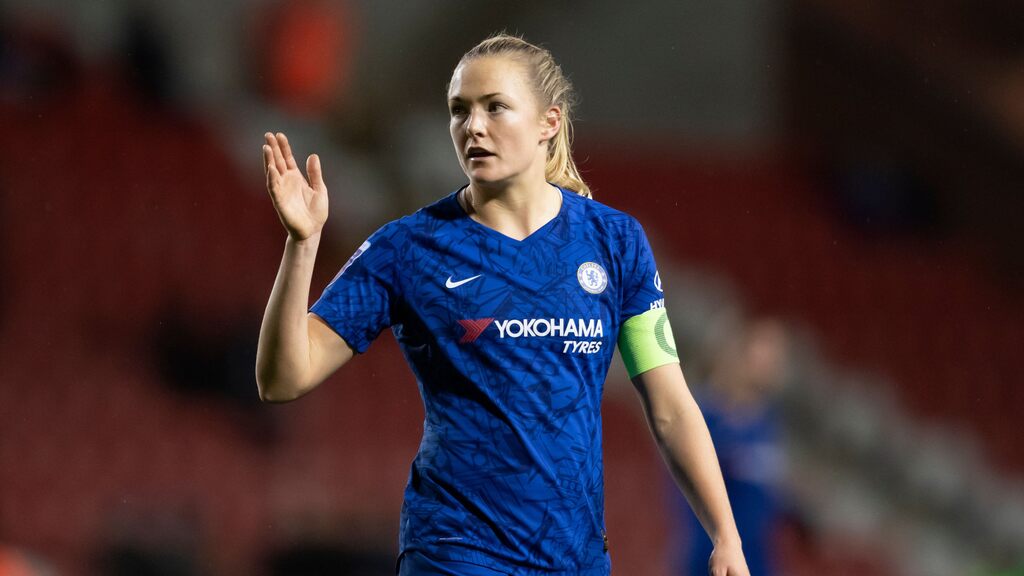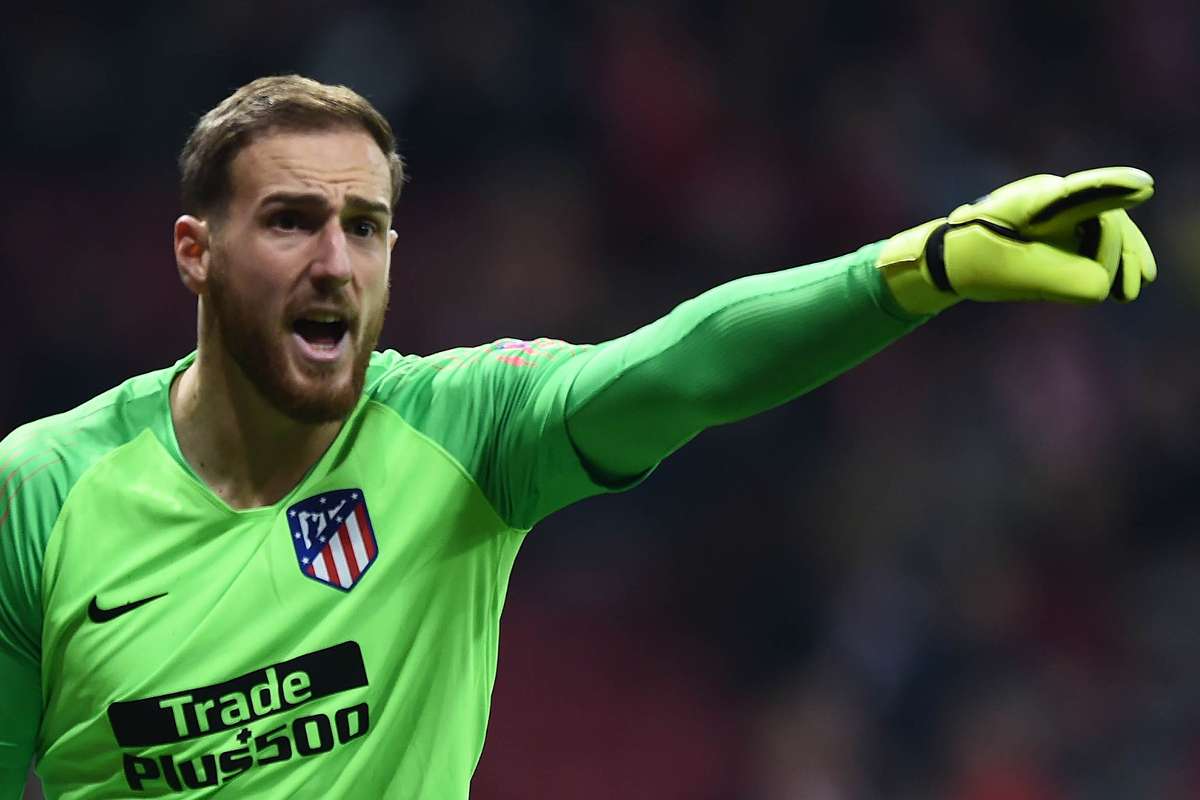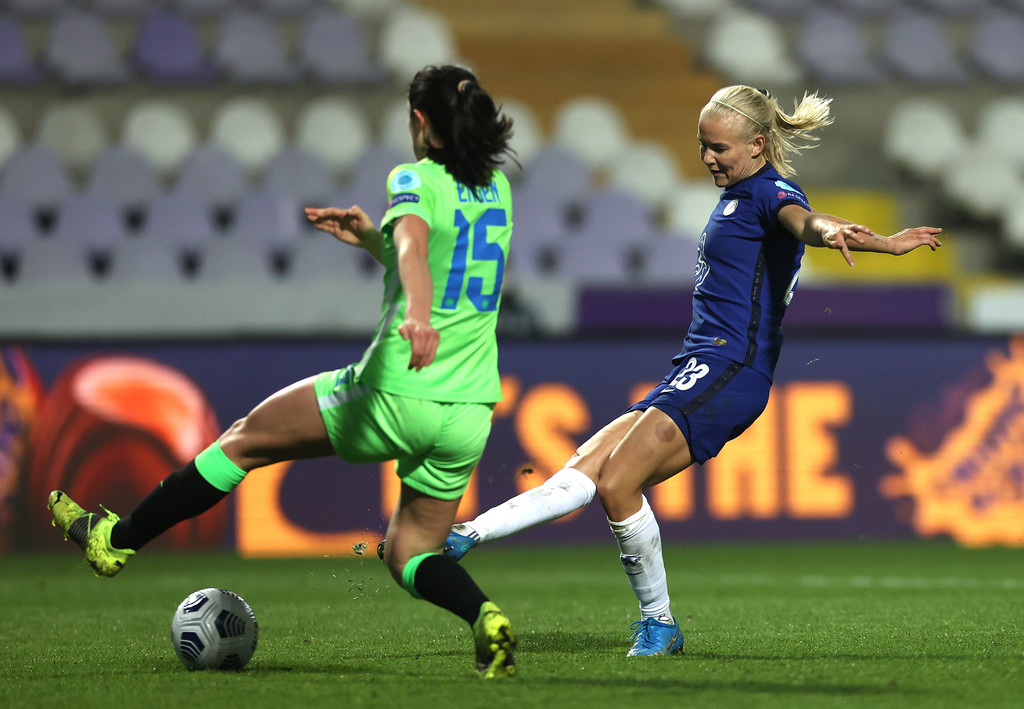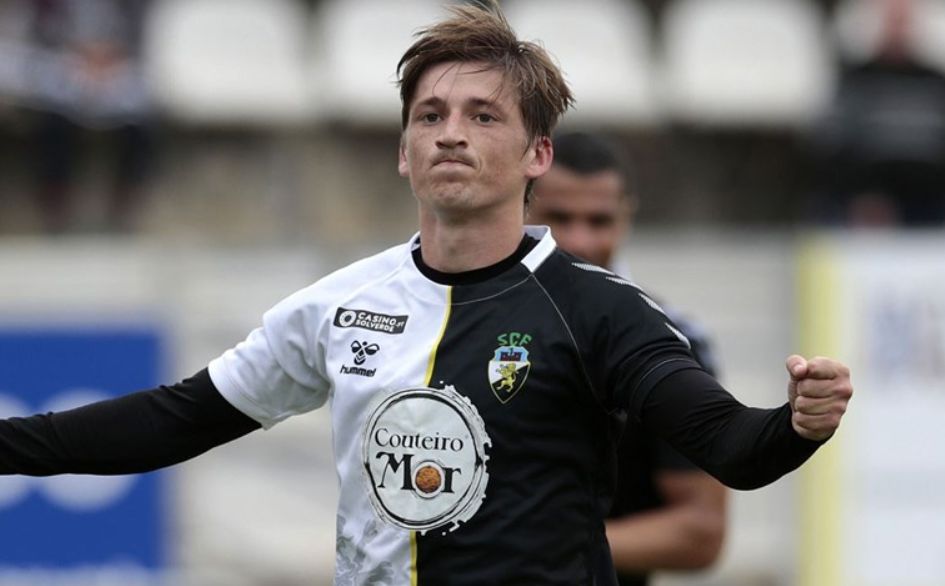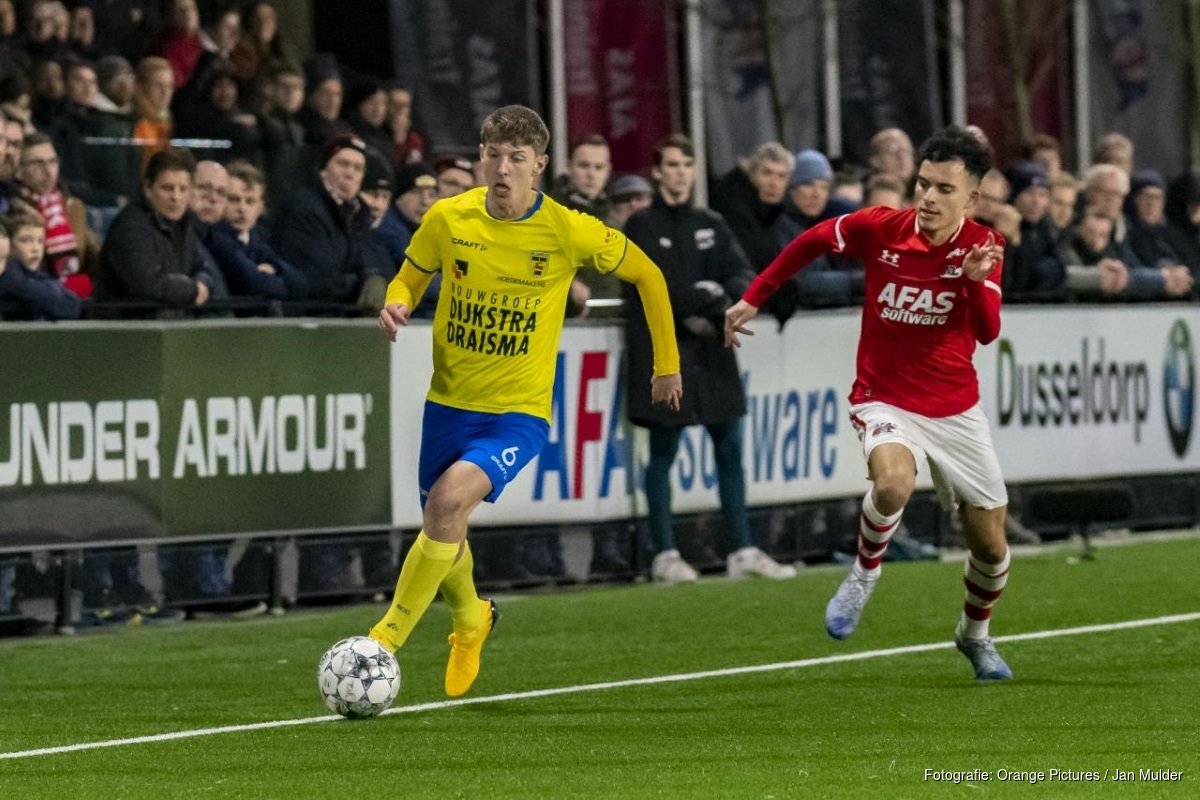I’ve promised myself not to choose any players to analyse who are aesthetically pleasing in their game. I wouldn’t. However, in this article, I will analyse a player who is equally aesthetically pleasing to the eye in terms of her game, as well as one of the top players in the world: Alexia Putellas. UEFA player of the year and part of the UWCL winning Barcelona side.
That was easier said than done. I usually use a lot of data to incorporate into my analysis, but there’s not much data available in the Primera Iberdrola which makes it incomplete and analysis via data is quite impossible. Well, not impossible but it does give a wrong representation of reality. In light of that, I’ve chosen to look at the shots by Putellas as well as her chance creation.
The data and video uses are from the 2021/2022 season and will involve the Primera Iberdrola, the UWCL and the Spanish National team. This has all been retrieved on 30 October 2021.
Biography
Alexia Putellas Segura was born on 4th February 1994 in Mollet del Valles, Spain. He was raised/educated for the most part in Espanyol academy before moving to Barcelona and has played there since the 2012/2013 season, for the first team. In this particular season Putellas has played in 12 games in the league, UWCL, World cup qualification games with Spain and friendlies. Putellas has scored 12 times.
Shots

In the image above you can see Putellas’ shotmap of the season so far. There are 48 shots conducted, but some shots have been done from approxiamtely the same location, hence only 42 are visibly plotted. Of those 48 shots, 12 were converted into a goal – as you can see above (red=goal, grey=shot). 5 shots were blocked, 16 shots were wide and 27 shots were on target. Putellas’ conversion rate from to shots to goal is 25%.
When we look at expected goals we see that Putellas has an xG of 8, with an xG per shot of 2,6 in total. Her actual goals are 12, so she’s overperforming her xG by 4.
Putellas averages 4 shots per game this season and 1 goal per game this season, which is quite prolific for any player, but especially for a midfielder. Sidenote to this, Barcelona is by far the best team in the league at the moemnt – but still very impressive. It’s quite early in the season to be make any representative conclusion, but the fact remains that Putellas has had a terrific season so far.
If we look at the locations of the goals, you can see that 9 goals have scored within the penalty area, 2 on the edge of the penaly area and 1 deep on the half. In the videos below, I will use video to demonstrate some of the varied goals she scored.
In the video above we see Barcelona in their UWCL game against Arsenal where Putellas scored the 2-0. In this situation she progressed as the player in the central zones in which she assumes to come on the end of the cross from the flanks. In different strategies to strikers, she doesn’t sprint herself to come in the six-yard box, but does arrive a little late – giving herself time and space in front of the goal. She gets the ball as a cut-back and as result of that she can score the goal quite composed.
In the video above you can see Putellas in the game with the national team of Spain against the Faeröer. In this specific example we see her receiving the ball on 20 meters from the goal and this illustrates how she’s aware of where the goal and the opposition is. She brings the ball slightly more to the middle, beating three opponents in the process after which she places the ball into the far corner. The effect and the bounce the shot has, makes it even more difficult to get behind it for the keeper.
In the video above you can see Barcelona in their game against Valencia. In this particular example we see Alexia again in zone 14, where she does combine with hear teammate, before getting it back and beating a defender. In doing so she creates space for herself to the left and that angle gives her a good chance of scoring this goal. She does shoot in the far corner and low, giving the goalkeeper no chance of saving this.
In the video above we see the Spanish national team against Ukraine, with Spain having an attacking from the right. The cross cannot be attacked by the most forward players, but the second ball is for Alexia. She progresses herself to the position on the edge of the six-yard box in order to always be in the area of where the ball will come. Eventually, this means that she can finish the second ball and scores again.
In the video above we see Barcelona in their game against Villarreal. The forwards will go into the penalty area, but Putellas does arrive late into zone 14 and makes herself available for a pass without being pressed instantly. She gets a hard pass with her body focused on the right flank, but turns and opens her body towards the goal and in doing so, swiftly makes herself ready for a shot. She managed to get her body low and behind the ball, and scores a very good goal with her left foot, outside the penalty area.
Final thoughts
Alexia Putellas is an amazing player and can dictate the midfied with her runs and passes, but her added quality can be found in the way she shoots, the quality of her shots and the ease she uses the technique to score goals. She arrives in zone 14 a lot and there is where she executes her passes and tries to score – if she keeps arriving in that particular zone, she will have many more goalcontributions in the rest of the season.






